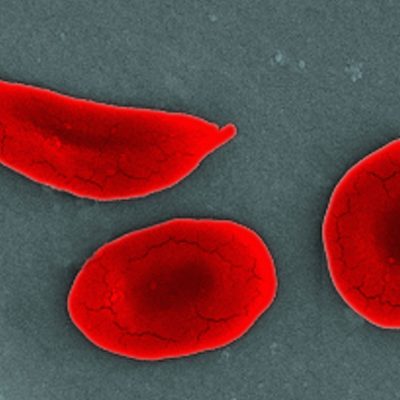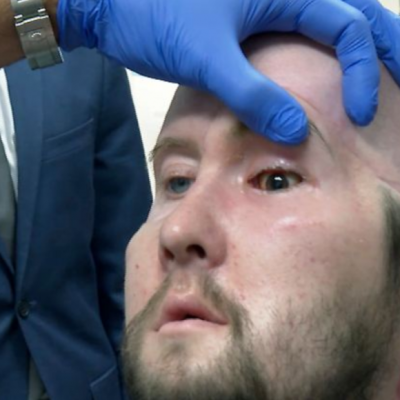In a groundbreaking development, researchers have successfully grown a new lens in patients with cataracts through stem cell research. The traditional method of treating cataracts involves replacing the clouded lens with an artificial one. However, scientists have found a way to stimulate stem cells in the eye to produce a new lens instead. The results of a pilot study published in the journal Nature showed that children with congenital cataracts regained their eyesight within a few months. This breakthrough could potentially revolutionize cataract treatment, especially in developing countries where many children suffer from the condition.
Cataracts occur when the lens of the eye becomes progressively cloudy, leading to impaired vision. The traditional treatment involves surgically removing the clouded lens and replacing it with an artificial one. However, this procedure can lead to complications such as scarring and inflammation, particularly in children under two years old. Researchers at the University of California in San Diego sought a less invasive and more effective treatment for cataracts. They discovered that stem cells in the eye could produce new lens tissue, leading to the development of a new surgical technique that involves making a small incision in the eye to remove the clouded material without damaging the lens capsule. The body’s natural healing process then takes over, and the new lens tissue grows symmetrically from the sides of the capsule to the center, resulting in a transparent, biconvex lens.
The researchers tested this method on twelve children with congenital cataracts, and after three months, all of them had developed healthy lenses and regained their eyesight. The new lens tissue was as good as a healthy lens, and the small incision resulted in fewer complications. This breakthrough could potentially lead to new treatments for age-related cataracts, as stem cells are still present and active in older individuals. The challenge now is to find a way to remove the lens without damaging it, as it is much harder in older individuals. This stem cell-based method could potentially revolutionize cataract treatment and pave the way for regenerative medicine in other areas of the body.










